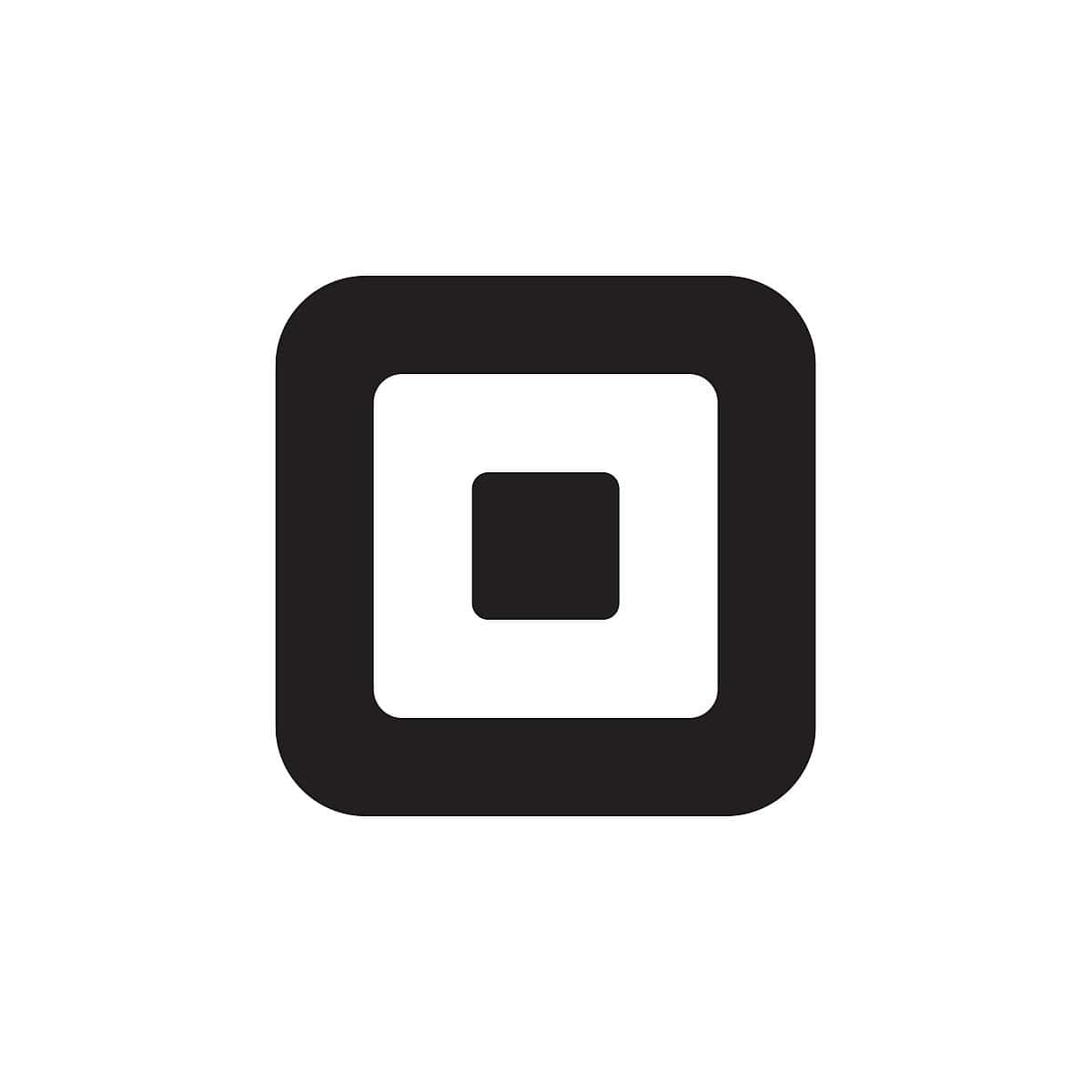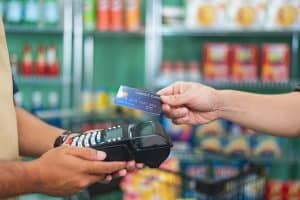Offering in-house restaurant delivery can unlock new revenue streams while avoiding the high fees of third-party apps. Here’s what to know before launching your own delivery service.
Our content reflects the editorial opinions of our experts. While our site makes money through
referral partnerships, we only partner with companies that meet our standards for quality, as outlined in our independent
rating and scoring system.
Running your own restaurant delivery system lets you take online and phone orders without relying on third-party apps. An in-house delivery setup can save money, offer more control, and integrate directly with your restaurant POS system with no middlemen taking a cut of every order.
In this guide, we’ll break down what an in-house restaurant delivery system is, how it works, and how to choose the right software to power it.
What Is An In-House Restaurant Delivery System?
An in-house restaurant delivery system lets customers place online or phone orders directly with your restaurant, which are then delivered by your own employees.
With the right restaurant delivery software, you can manage incoming orders, update customers on delivery status, and track driver activity without using a third-party app.
Why Is In-House Restaurant Delivery A Good Idea?
The biggest advantage is profitability. Third-party delivery apps often charge steep commissions that can eat into your margins, sometimes making deliveries nearly twice as expensive.
Running delivery in-house keeps those profits in your pocket and gives you full control over the customer experience. You decide how food is packaged, how deliveries are presented, and who represents your brand. Plus, your delivery tools can integrate with your POS system, streamlining everything from order management to reporting.
How To Build A Restaurant Delivery System
Ready to set up your own in-house delivery program? Here’s how to build a system that’s efficient, profitable, and easy for your team to manage.
Step 1: Choose The Right POS & Restaurant Delivery System Software
Start by finding the best restaurant POS system with built-in delivery tools or strong integrations.
Platforms like Lightspeed Restaurant offer native delivery management features and integrations with services such as Deliverect, making setup much simpler.
Look for POS systems that include:
- Built-in online ordering tools
- Delivery management features (driver tracking, order dispatching, etc.)
- Customer accounts and loyalty programs
- Easy-to-use interface for customers and staff
- Customer order updates via text or email
- Reporting tools for order and delivery data
Read our guide on how to choose a restaurant POS system for more guidance.
Step 2: Decide On Your Courier Strategy
Running delivery in-house means deciding who handles deliveries and how they do it. This choice affects customer experience, cost, and logistics.
Ask yourself:
- Will drivers use company vehicles or their own cars?
- How will you track mileage for reimbursement?
- Do you have the right insurance coverage for delivery operations?
Some delivery POS systems include built-in tools like driver navigation, real-time delivery tracking, and two-way communication to keep everything running smoothly.
Step 3: Evaluate Your Staffing
Adding delivery means adding workload. Avoid overburdening your current staff by planning ahead.
Start with a soft launch — limit orders, delivery hours, or service days — to gauge demand and adjust your staffing needs.
Consider:
- Hiring a dedicated online order manager
- Setting aside a kitchen space for delivery orders only
- Adding extra kitchen staff
- Using a kitchen display system (KDS) to organize orders
Step 4: Market Your New Delivery Service
Once your system is ready, spread the word. Expect some trial and error at first, so collect feedback, refine your process, and keep customers in the loop.
Here’s how to promote your new delivery option:
- Use social media and in-store signage
- Offer discounts or coupons for first-time delivery customers
- Try a “refer a friend” or loyalty program bonus
- Hand out menus with your delivery info for easy reordering
Consistent communication and customer updates will help build trust, especially for customers used to third-party apps like DoorDash that provide real-time tracking.
Should You Build A Restaurant Delivery System?
You should consider an in-house delivery system if:
- You’re ready to launch online ordering with delivery options
- You can hire part-time drivers or dedicate staff for deliveries
- You want to avoid third-party fees and inconsistent drivers
- Your POS supports delivery management or integrations
You can still list your restaurant on third-party platforms for visibility, then encourage returning customers to order directly from your site. It’s a smart hybrid approach that gives you exposure without losing profit.










